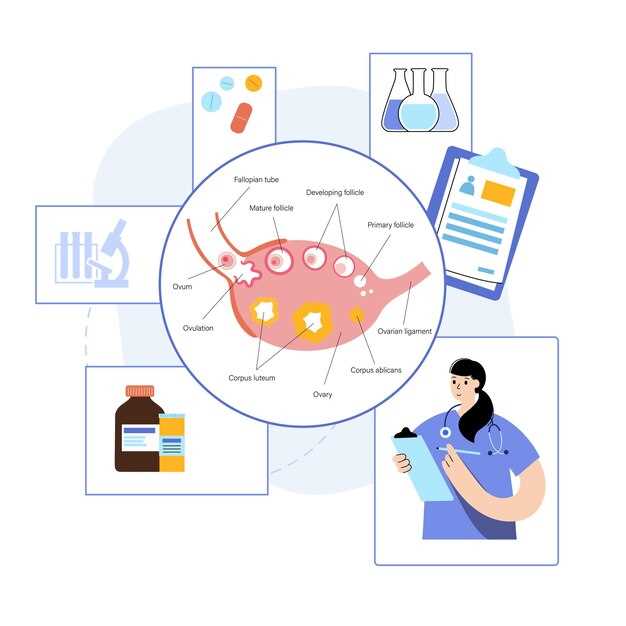
Metformin, a widely prescribed medication for managing type 2 diabetes, works by targeting the liver to reduce excessive glucose production. This process is crucial in controlling blood sugar levels and improving overall metabolic health.
By inhibiting gluconeogenesis: Metformin inhibits the production of glucose in the liver through a process called gluconeogenesis. This helps prevent the liver from releasing too much glucose into the bloodstream, ultimately lowering blood sugar levels.
Furthermore, metformin enhances insulin sensitivity in the liver, allowing the body to utilize glucose more effectively for energy production rather than storing it as fat.
Overview of metformin
Metformin is a commonly prescribed medication for type 2 diabetes mellitus. It belongs to the biguanide class of drugs and is considered a first-line therapy for managing high blood sugar levels.
Metformin works by decreasing the amount of glucose produced by the liver and improving the body’s response to insulin. It also helps the body utilize glucose more effectively, leading to lower blood sugar levels.
One of the key benefits of metformin is that it does not increase insulin levels in the body, making it a preferred choice for many patients with type 2 diabetes. It is usually taken orally in the form of tablets or liquid.
Overall, metformin is a safe and effective medication for managing diabetes and can help improve glycemic control in patients when used as part of a comprehensive treatment plan that includes diet and exercise.
Metformin mechanism of action
Metformin, a widely used medication for the treatment of type 2 diabetes, exerts its effects primarily through the liver. One of the key mechanisms of action of metformin is the inhibition of hepatic glucose production, also known as gluconeogenesis.
Gluconeogenesis is the process by which the liver produces glucose from non-carbohydrate sources, such as amino acids and glycerol, to maintain blood glucose levels during fasting or periods of low blood sugar. In individuals with type 2 diabetes, the liver often overproduces glucose, contributing to elevated blood sugar levels.
Metformin works by activating the enzyme AMP-activated protein kinase (AMPK) in the liver. AMPK is a key regulator of energy metabolism that helps to inhibit the production of glucose in the liver by decreasing the expression of genes that are involved in gluconeogenesis.
By reducing hepatic glucose production, metformin helps to lower blood glucose levels and improve insulin sensitivity in individuals with type 2 diabetes. This mechanism of action makes metformin a valuable tool in the management of diabetes and its associated complications.
Hepatic Glucose Production
The liver plays a crucial role in glucose production through a process called gluconeogenesis. Gluconeogenesis is the synthesis of glucose from non-carbohydrate sources including amino acids, lactate, and glycerol. This process allows the body to maintain stable blood glucose levels during fasting or periods of low carbohydrate intake.
The liver acts as a metabolic hub, regulating blood glucose levels by either storing excess glucose as glycogen or producing glucose through gluconeogenesis. When blood glucose levels drop, the liver releases stored glycogen and starts producing glucose to maintain normal blood sugar levels.
| Key Points | Details |
|---|---|
| Primary site of glucose production | The liver is the primary site for glucose production through gluconeogenesis. |
| Regulation of blood glucose levels | The liver regulates blood glucose levels by balancing glucose production and storage. |
| Role in metabolism | The liver participates in various metabolic processes, including gluconeogenesis and glycogen storage. |
Role of liver in glucose production
The liver plays a crucial role in regulating glucose production in the body. It is responsible for maintaining blood glucose levels within a tight range to ensure energy supply to various tissues. When blood glucose levels drop, the liver releases stored glucose in the form of glycogen through a process called glycogenolysis. In times of prolonged fasting or low glucose availability, the liver can also produce new glucose through a process called gluconeogenesis.
Glycogenolysis: This process involves breaking down glycogen stored in the liver into glucose molecules, which can then be released into the bloodstream to increase blood glucose levels. It serves as a quick and readily available source of glucose when needed.
Gluconeogenesis: In the absence of dietary carbohydrates or during fasting, the liver can synthesize glucose from non-carbohydrate sources, such as amino acids, glycerol, and lactate. This process allows the liver to maintain adequate glucose levels even when external sources are limited.
Metformin effect on hepatic glucose production

Metformin, a commonly prescribed medication for type 2 diabetes, exerts its effect by targeting the liver to reduce hepatic glucose production. It acts by inhibiting gluconeogenesis, the process by which the liver produces glucose from non-carbohydrate sources, such as amino acids and glycerol.
Metformin works by activating the enzyme AMP-activated protein kinase (AMPK) in the liver. AMPK is a key regulator of cellular energy balance and plays a central role in controlling glucose and lipid metabolism. Activation of AMPK by metformin leads to a decrease in the expression of genes involved in gluconeogenesis, thereby reducing the liver’s production of glucose.
Key points:
- Metformin targets the liver to reduce hepatic glucose production.
- It inhibits gluconeogenesis, the process by which the liver produces glucose.
- Metformin activates AMP-activated protein kinase (AMPK) in the liver.
- AMPK activation leads to a decrease in the expression of genes involved in gluconeogenesis.
| Effect | Mechanism |
|---|---|
| Reduction of hepatic glucose production | Inhibition of gluconeogenesis by activation of AMPK |
